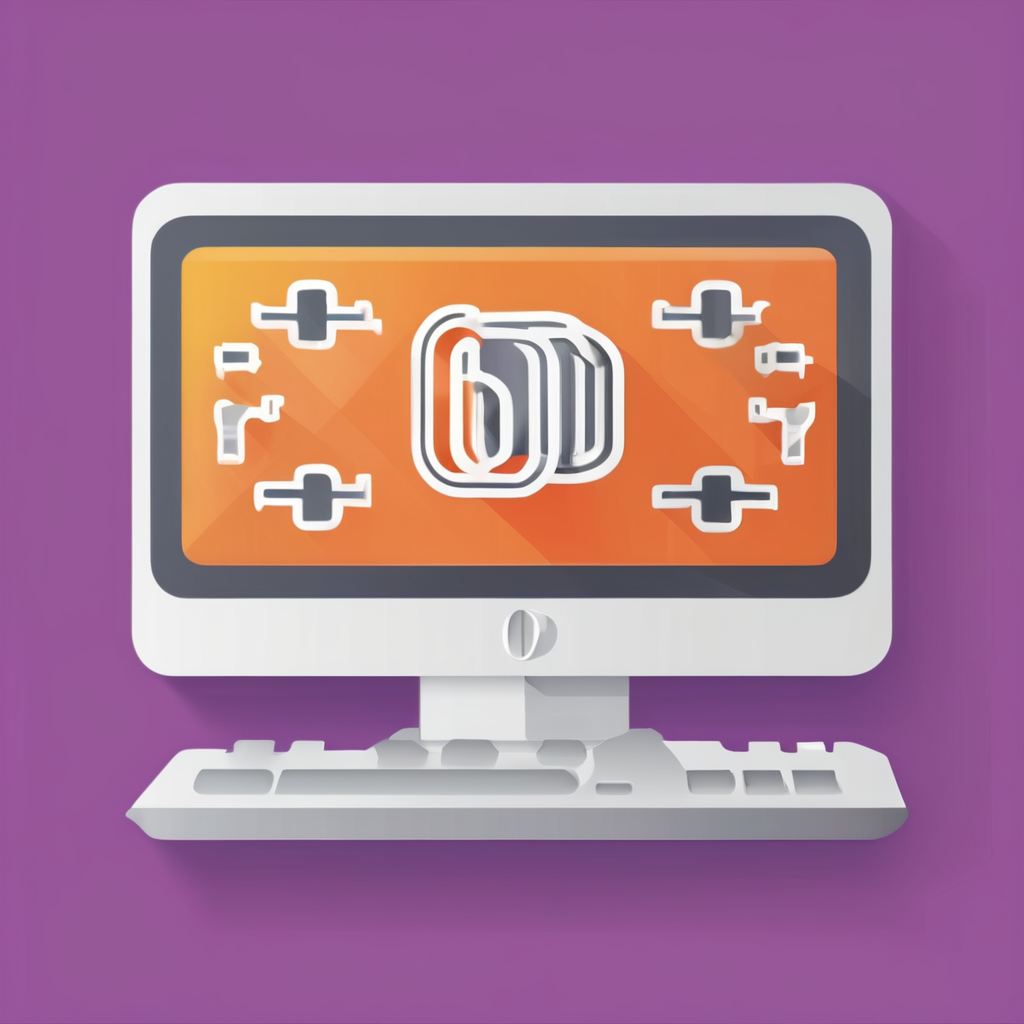PLM software transforms sustainable product development by centralizing data, streamlining collaboration, and enabling lifecycle visibility from design to disposal. It reduces environmental impact by integrating IoT insights and automating processes that cut errors and waste. For businesses seeking efficiency and eco-friendly innovation, PLM offers a practical, data-driven approach to creating products that meet today’s sustainability demands.
Understanding the Role of PLM Software in Modern Product Development
PLM software acts as a comprehensive digital backbone for product design, manufacturing, and lifecycle management. It started with CAD file control but evolved into an enterprise-wide system supporting secure, standardized data sharing across disciplines.
Also to read : How Can AI Revolutionize the Future of UK High-Tech Industries?
In a landscape emphasizing sustainability, PLM enables environmentally conscious design by integrating sustainable materials tracking and eco-friendly practices—More information available here. It promotes transparency within the supply chain, allowing companies to measure and reduce their carbon footprint and ensure compliance through automated workflows and regulations management.
Collaboration tools foster real-time communication among cross-functional teams and external partners, accelerating innovation. Additionally, automation of processes, such as version control and change management, reduces errors and shortens time-to-market.
Have you seen this : What is the role of the UK in the global development of blockchain technology?
As organizations increasingly adopt cloud-based solutions, scalable PLM platforms enhance agility and data security, integrating digital twin technology for simulation and predictive insights. The future of PLM emphasizes AI and digital threads to streamline operations further, benefiting industries from fashion to aerospace.
Core Features and Capabilities of PLM Software
Product lifecycle management systems center on robust product data management, providing a centralized product data repository with digital BOMs, enabling fast, accurate updates throughout the product’s journey. Real-time version control in product design ensures traceability and auditability, supporting clear documentation and facilitating engineering change management. This streamlines collaboration for cross-functional teams and external partners, using design collaboration tools and cloud-based product systems for consistent communication and secure access.
Quality and Compliance Management
Automated workflows help track and enforce compliance and regulatory management, with seamless integration for quality assurance in manufacturing. Built-in audit trails link real-time product tracking and documentation control directly to component histories, ensuring regulatory alignment. In multi-industry product management, this supports sectors with strict industry standards, such as MedTech or aerospace, where advanced product quality compliance and traceability are non-negotiable.
Innovation and Design Optimization
Digital product development leverages simulation, digital twins, and product design automation to optimize every iteration. AI and machine learning drive innovation management platforms, automating changes and surfacing improvement opportunities, critical for agile product development and continuous idea tracking.
Manufacturing and Supply Chain Integration
End-to-end manufacturing process integration connects design data to production, strengthening supply chain transparency and enabling vendor and supplier integration. Scalable product management systems support configuration management, accommodating high complexity and rapid market shifts with real-time feedback integration.
Industry-Specific Applications and Challenges Addressed by PLM
Product lifecycle management empowers companies in complex sectors to handle demanding product ecosystems efficiently. In semiconductors, multi-industry product management allows teams to collaboratively manage massive volumes of ever-changing data. By synchronizing version control in product design, organizations reduce errors and ensure each stakeholder is referencing up-to-date information, driving effective product data management for high-stakes innovation.
In consumer electronics, PLM facilitates seamless design collaboration tools and cross-functional team collaboration. Teams distributed worldwide can operate with trusted, real-time product data, improving resilience and supply chain transparency. Cloud-based product systems support this agility by centralizing the centralized product data repository and enabling instant access.
Aerospace & defense environments demand rigorous product data security, engineering change management, and digital product development to ensure regulatory compliance and quality assurance in manufacturing. Open architecture platforms strengthen secure vendor and supplier integration, while enterprise integration solutions streamline collaboration across an extended network.
MedTech organizations rely on compliance and regulatory management using PLM to manage design history files and device master records, crucial for passing audits. Heavy equipment and industrial manufacturers benefit from configuration management and quality management workflows, boosting time-to-market and adaptable product roadmap planning within scalable product management systems.
Future Trends and Value Proposition of PLM Solutions
Cloud-based product systems are driving a significant shift in product lifecycle management, ushering in a new era where real-time product tracking and scalable product management systems become non-negotiable for digital product development. Integration of AI, IoT, and machine learning empowers autonomous engineering change management, strengthening compliance and regulatory management by identifying risks and validating requirements instantly across cross-functional team collaboration.
Cloud-native product lifecycle management solutions guarantee secure, flexible collaboration, and their seamless deployment supports both vendor and supplier integration and rapid mobile access for product teams. This adaptability not only enriches agile product development but amplifies lifecycle cost analysis and product sustainability assessment by connecting stakeholders from design collaboration tools to quality assurance in manufacturing.
Autonomous digital threads and digital twin technology enable organizations to control every phase of the product lifecycle—design, manufacturing process integration, product testing and validation workflows. Centralized product data repository and strong product data security standards ensure reliable product revision tracking within a dynamic, interconnected environment. As sustainability and eco-friendly product design requirements grow, these innovations position PLM platforms as indispensable, enabling companies to optimize performance, cut costs, and meet ever-evolving regulatory demands.


